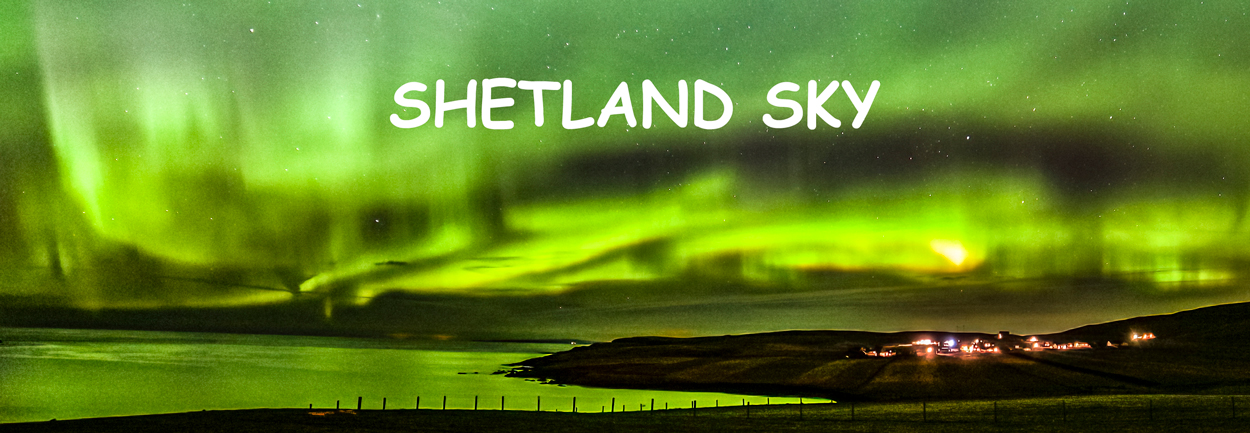This is all about the cones and rods in your eye. The rods are the ones to collect light in your eye, while the cones are for collecting colour. Therefore when looking at night try not to directly look at an object in the sky but slightly to one side where most of the rods are located. In night time mammals the rods are more common than cones as they need better vision in dark conditions.
Next move up to binoculars, either 10x50 or 8x40 these are great at gathering light. Don't bother with the high powered binoculars advertised in the newspaper , these 20x50 often at £25 rubbish. When I was about 12 years old i pestered my parents for a 20x50 binocular having been conned by the blurb and only used them twice to look at the moon, they gave a colour cast as well as a double image. Also don't forget that your arms will get tired very quickly and the will start to shake so you wont get very good views after a couple of mins even with a good pair.
And then you come to telescopes. Again its all about ensuring you get a good quality one, you will be spending a few hundred pounds and around £700+ for a Go-to scope which can find you subject without you needing to know which direction it is in. There are many good makes such as Meade & Celestron but go and have a look first. Its no good getting one so big you cannot lift it or get in the car
This is one of the biggest scopes in Sheffield, and even used by Aliens so you cannot ask for a better recommendation
An armchair like this with a clear view of the sky
You will also be an armchair sky watcher like everyone else as sometimes the weather is so bad you just cannot get outside to view. This is the time to be with your computer, working on some photos or researching for another perfect night
Is Father Christmas bringing you some extra equipment to make your Shetland sky watching even more pleasurable ? , I have sent him my list so I will let you know what happens after Christmas. Just one word of warning, when ever anyone gets some new equipment the weather turns worse so you cannot get out to use it- Sorry about that, so January is wiped out then !!









